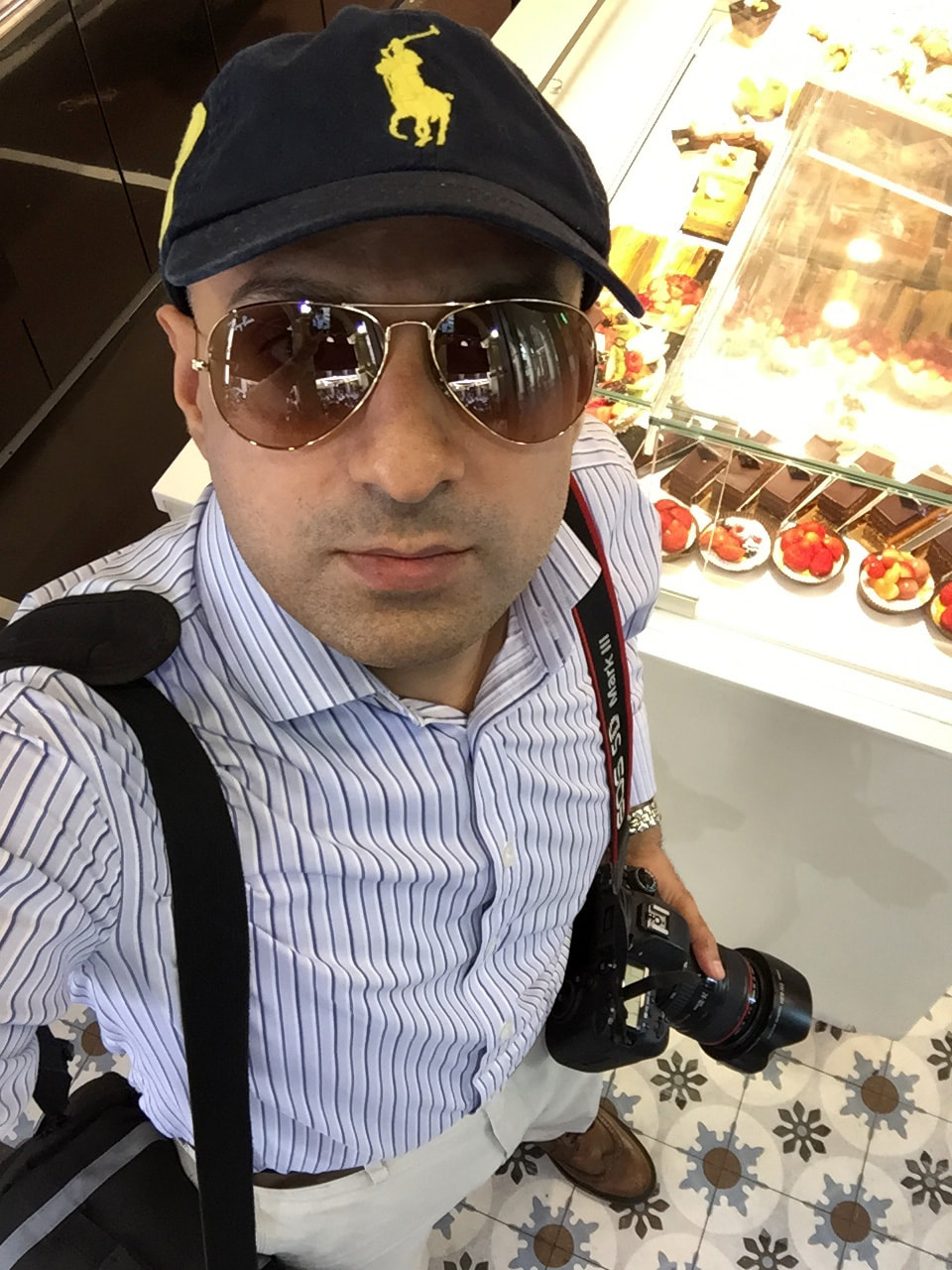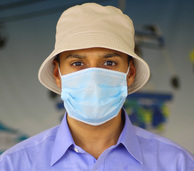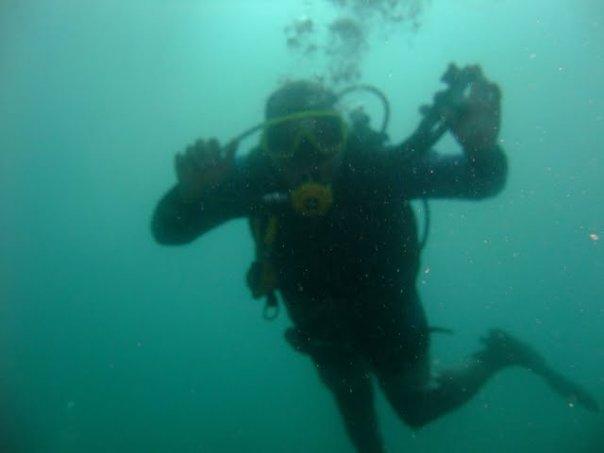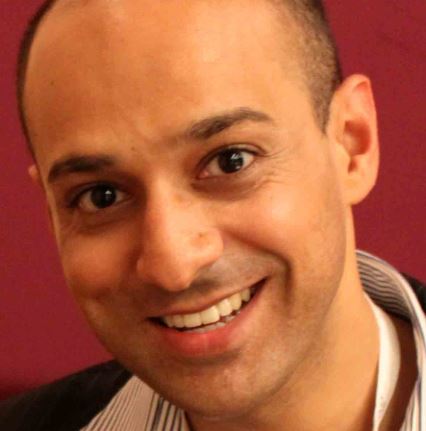|
Opened in April 2011, the deluxe boutique Hotel de EDGE located in Sheung Wan on Hong Kong’s fast-paced waterfront is the latest addition to the Rhombus International Hotels group. A sleek and sophisticated 32-storey property with 90 rooms, Hotel de EDGE projects a sense of elegance and attractiveness that makes it stand out from the skyline in this part of the city. As with most building in Hong Kong there is little, if any, exterior architectural element attached to Hotel de EDGE. So don’t expect to spot the hotel straight away when you are in the taxi as it’s a little bit camouflaged amongst all the other buildings that are lined up on the waterfront. You are likely to pass a few people pushing and pulling wooden trolleys carrying dried seafood and spices. That is because the hotel is located a few blocks away from the most sought after dried seafood market in the city, which has become somewhat of a tourist attraction.
Location wise the hotel is within a few minutes walking distance to the Sheung Tak Centre from where you can catch ferries to Macau and mainland China and can also take the Helicopter shuttle service to Macau should you wish to do so. In actual fact the location is perfect because this business hotel is not ridiculously expensive (considering that it is located in Hong Kong), yet it is an exciting and ideal launch pad to experience the best that this city has to offer. All the main focal points of attraction such as the shopping and financial districts of Central and Lan Kwai Fong are within a 15 to 20 minute walking distance. If you prefer than you can also take the tram from nearby Sheung Wan station, the authentic mode of transport in Hong Kong! In all the open-plan rooms, the bedroom and the shower are both juxtaposition by a glass wall, which may provide a very romantic setting for most couple who want to experience the unusual style of residing during their honeymoon and on the other hand it may provide a very no-hassle option for the business traveller. Those who would be staying in the city view rooms would be treated to an authentic Hong Kong look where you are surrounded by a sea of tall skinny buildings that seem to go on forever into the high-rise horizon of the Island’s peak. In Hong Kong, the buzzword is that the higher the building is above the mountain, the more expensive it is meant to be. So therefore, you can be rest assured that you are going to be experiencing a luxury touch while residing at Hotel de EDGE irrespective of the type of room you will be residing in. 58 of the 90 rooms are facing the harbour with wonderful views across to the Sun Yat Sen memorial park and the stunning Kowloon waterfront. The hotel somewhat symbolizes the reality of living in a compact and hectic city such as Hong Kong. The rooms are tiny yet exceedingly comfortable, so every visible space is utilized as much as it can be. There is the concept of being able to provide a unique service to the guests and the staff are very friendly and willing to assist in any way possible. The rooms that face the harbour all have a wonderful internal architectural element to them including a wide-angle window that houses a sofa bed so you can sit down to enjoy a cup of coffee while admiring the views during either the day or night. Each of the five accommodation categories offers highly quality audio visual equipment, a 42-inch LED TV, DVD Player and iPod or iPhone docking stations. The beauty of the personalised service offered at Hotel de EDGE is that guests can rent (or purchase if they wish) their favourite DVD movies and songs for the iPod/iPhone. A lovely touch to the complimentary classic European turn down service in the evening is that you are treated to a flask of delicious hot milk and chocolate chip cookies. Then there are the essentials of modern business life such as complimentary wireless internet service in all the rooms, in-room check-in service, 24-hour secretarial service, pressing service and an array of amenities that will make you feel comfortable. Gotta love those Hotel de EDGE branded toiletries as well. The lobby, which is located on the first floor, is itself an intimate and fashionable setting where one can relax while admiring the hotel’s unique compact yet contemporary design. Designed and styled by celebrated trendsetter Anthony Chan, the ‘glo restaurant + lounge’ resembles somewhat of a New York cafeteria but perfectly presents a unique dining concept where you’ll be treated to an exceedingly creative menu offered by the Canadian culinary magician, Robert Lockwood. Excuse the pun, but you’ll be left mesmerized after trying one of Lockwood’s ‘glo-ing’ creations. In a nutshell, Hotel de EDGE is just what a busy professional needs when they are effectively on the go. It is highly contemporary in a lovely setting, and is just perfect for the no-nonsense businessperson. Far from the big-city-Hong Kong clichés, here you’ll experience a genuine home away from home experience. In June 2009, the City of Dreams, an integrated entertainment resort, was opened at the Cotai Strip. Located right in the heart of Cotai in Macau, the rather newly opened City of Dreams combines electrifying entertainment, an amazing array of accommodations (Grand Hyatt, Crown Towers and the Hard Rock Hotel), regional and international dining (over 20 restaurants and bars), designer brand shopping (Gucci, Armani and so on), together with a spacious 420,000-square-foot casino that has over 400 gaming tables.
Ideally located at the City of Dreams is the Grand Hyatt Macau. This luxurious 791-room 5-star hotel is made up of two 36-storey, wave-inspired towers and only around 5 minutes away from the Macau International Airport and around a 10-minute drive to the Macau ferry terminal. The best thing is that a complimentary shuttle service operates all day, everyday and every 20 minutes to take hotel guests to all the territory’s major transport terminals, as well as the city centre where they can explore the true Macanese and Portuguese heritage and culture as well as other historic elements of the Unesco-listed World Heritage site. Macau is tiny but on this minute piece of land there are some amazing wonders to see and experience. It’s almost as if Macau has become Asia’s new Dubai, a playground for the wealthy. But don’t be deceived by my words as you are highly unlikely to find any James Bond characters here (especially not in the casinos!). The vast majority of the visitors that come to Macau and those that stay at the Grand Hyatt Macau everyday are from mainland China, Taiwan or Hong Kong. The Grand Hyatt Macau is set to become the leading venue in Macau for hosting M.I.C.E. (meetings, incentives, conferences and exhibitions) events because of its excellent conference facilities. The entire second floor is dedicated to hosting event space. The massive pillar-less Grand Ballroom has over 2,000 square meters of space and can host around 2,500 people. With the ease of travelling to Hong Kong, mainland China and even flying in from overseas, the Grand Hyatt Macau is the ideal place to host M.I.C.E. events. The key feature that the Grand Hyatt Macau offers for the M.I.C.E. facility has to be the Salao do Teatro (‘show theatre’ in Portuguese) which is the only ballroom in Macau that offers natural daylight. There is a massive open space kitchen that can accommodate upto 50 chefs and on full capacity the ballroom can host upto 500 people. The first thing that strikes the eye of the guest is the vast amount of space available throughout the hotel. This stems from the reception right the way through to the rooms. The roof of the exceedingly beautiful lobby reaches an amazing 22 meters. Water cascades over a giant stainless steel hemisphere, while above it, curved ribbons of stainless steel shower down from an illuminated cloud motif in the ceiling. From the ground it looks like a large set of paint droplets are falling down. The architecture of the hotel is strikingly rich both in terms of the powerful colours that are projected and by the overlapping geometric wall panels. Everything is amazingly symmetrical and matched to the micro-scale, including all the tiles and slabs on the floors and the walls. It’s not just a hotel but a piece of giant art that probably deserves the highest award possible. Its here in the lobby that you’ll find the beautiful, yet very simple coffee bar and patisserie that specialises in Portuguese egg tarts, as well as various pastries, cakes and homemade chocolates. The hotel has two dedicated check-in desks, one for each of the towers. The Grand Tower houses 424 rooms and suites while the premier Grand Club Tower houses 367 rooms and suites. In the Grand Tower the standard rooms are spacious with a 64 square meters and feature an entirely separate living area that has a sofa, separate TV, complimentary wireless internet connection. The living area is separated by a sliding door. All the rooms are equipped with the latest technology to anticipate the guest’s needs, including bedside lighting, curtain controls and an AV control panel transmitting iPod, camera and laptop data through two 40-inch LCD TVs. Rooms in the Grand Club Tower feature such extra freestanding elliptical bath looking out over the Pearl River or the Cotai Strip, and an exclusive capsule-based Nespresso machines from Switzerland. The beauty of staying in the Grand Club rooms is that you get to use the Grand Club Lounge, and no is no better time to use the Grand Club Lounge that at breakfast time. An approximately 250-seater restaurant with a bar and open kitchen offers complimentary full buffet breakfast, all day light refreshments (you’ve got to try that fresh orange juice!) and evening drinks and canapés. There is also the option of dining on a private outdoor terrace. The Club Lounge is not just your typical gentleman’s club type lounge where you can just while away with the beautiful wine but also doubles as a library and a place to hold a meeting should the MICE facilities at the conference level be occupied. But the key advantage of residing at the Grand Hyatt Macau is that the location is perfect because the hotel is right in the middle of all the action. Within a stone throw away you can go shopping right next door at the shopping complex, you can go and watch a show at the theatre (The House of Dancing Water) or you can go to the casino and try your luck at winning loads of money. Well, if you prefer to stay indoors, then why not wine and dine at Beijing Kitchen at level 1 or mezza9 Macau at level 3. Beijing Kitchen is an inspiration from the “Made in China” from Grand Hyatt Beijing and provides perhaps the best Beijing duck in the whole of Macau; while the mezza9 Macau has nine different culinary experiences that you can try. Food aside, the other most exquisite feature of the hotel has to be the spa treatment that it offers. After a day of intense meetings or walking around the city, what better way to relax and unwind than have a signature massage at the Isala Spa located on level 3. Highly recommended is the signature massage where you can just close your eyes and relax and pamper yourself in one of the 15 capacious spa suites that come complete with a shower, changing room and a rest area where you can relax after the treatment and drink some Chinese tea to cool down after the treatment. Lush boutique toiletries are provided by MOR cosmetics. The mezza9 Macau is a Located on the 3rd floor of the splendid Grand Hyatt Hotel in Macau’s City of Dreams resort. The eye-catching restaurant has been inspired by the mezza9 Macau at Grand Hyatt Singapore. Beautifully designed and created by the cutting edge Japanese interior design firm SuperPotato, the space is defined by giant roughly-hewn granite blocks creating counters and lining walls, as well as an array of lattice-patterned, rusted metal screens.
The aim of the 292-seater mezza9 Macau is to stimulate not just the taste buds, but also the senses of sight, smell, sound and touch by blending the gastronomic experience with elaborate counter displays and theatrical show kitchens. The restaurant’s name essentially means that it provides nine different dining experiences under one roof. These include Macanese, the grill, the sushi and sashimi, the wok, the delicatessen, the steam basket, the patisserie and the bar and cellar. For those who wish to dine with their family, friends or colleagues in private then there are three 10-seater private rooms, one of which looks rather like a small cosy wine caller because its got various wines displayed on the shelves surrounding the room. While the vast majority of the food is from around Asia (Japan, Thailand, Taiwan and Malaysia), some of the more precious items, such as the huge Lobsters, are all the way from Boston. To get the right quality and the smoothness of the food in Macau the key idea of the culinary experience is to present the freshest food that you can. An example of this in the starter dish called ‘Seafood on ice’. Generous and healthy portions of fresh lobster meat, mussels, king sized prawns and various shell fish are on offer. Should you wish to go for the local Macanese option, then a wonderful dish to tuck into would be the African Chicken, which isn’t really African but a very traditional Macanese dish. Why? Well, if you go back to the roots of Macau’s culture you would be amazed to know that when the Portuguese first arrived in Macau they bought along with them various foods from around the world. The first Portuguese settlers in Macau had travelled from various far away lands such as Africa (namely places such as Angola) and India (namely Goa) from where they bought along with them the foods and flavour from those countries. Though history tells us that it was the natives from Madeira (island of Portugal) that had first introduced spicy food to India and Asia, otherwise India and other Asian countries would never had any spicy food in their cuisine. African Chicken, which tastes a bit classier then your average fried chicken meat is not so spicy, yet it tastes exceedingly good with a hint of chilli sauce. The key difference is the crunchiness of the fried skin that melts as you take a bite. African Chicken would splendidly fine with a glass of lovely Shiraz. The highlight of the meal at the mezza9 Macau has to be the choice of the desserts on offer. The Raspberry Pavlova at the mezza9 Macau is a must to try for dish if you want to spoil yourself. A lovely layering of dried egg white blended in neatly with whipped cream and fresh raspberries makes up the cover of this fabulous dish. Breaking the solidified egg white layer is like cutting into a slab of iceberg that is about to melt, and inside of it you will find the most amazing raspberry sorbet ever. This inspirational dish is like an igloo applied with a reverse analogy because the outside is warm and solid, but the inside is cold and soft. The mezz9 Macau presents a pleasant setting to dine in that caters for all kinds of people and tastes. No matter you are on a honeymoon, on a business trip or just simply relaxing with your family, you can be rest assured that genuine Macanese hospitality can be guaranteed with a smile at the mezz9 Macau. In actual fact, it would be perfect place to go for a meal before heading off to see Macau in the evening or even “The House of Dancing Water” show. Showcased at The Bubble, a dome-shaped theatre and one of the iconic landmarks featured at Macau’s “City of Dreams” entertainment resort, the Dragon’s Treasure is a 10-minute visual extravaganza that tells the story of the mystical Dragon Pearl and its mysterious powers.
Visitors embark into an oval shaped room where they stand for the 10-minute show (no need to sit down for such a short show anyways, really!) to witness this fascinating visual extravaganza. The journey takes visitors on a magical journey set in a fictional land situated beneath the City of Dreams resort. So, the first thing that visitors see is the landmark buildings that make up the City of Dreams. From here on the visual effects take the visitors to a fictional kingdom that is full of various weird and wonderful characters and beings. The show commences with a Chinese astrological circle that features all the animals in the Chinese zodiac calendar. Since the year 2011 is the year of the Rabbit, so a large beautiful Rabbit emerges from the calendar and goes around the room greetings everyone. Some parts of the show seem very realistic, such as when the visual effect of the sea, complete with swimming sharks and fish, are shown. You’ll easily be fooled into thinking that you were standing in an underwater aquarium. All in all there are the sensory adventure to each of the respective aquatic kingdoms of ice, tropics, volcanic and solar entities. As visitors are taken on this 360-degree visual voyage, it’s almost like watching a 3-D video game but on a larger scale. For computer game addicts, or those who expect this to be something like a PC game on a large scale, the Dragon’s Treasure may seem a bit of a disappointment because the only non fun part of the whole experience is that you (i.e. the visitor) do not get to touch or control any part of the show. Nevertheless it is exciting, adventurous and very pleasing to the eye if you want to treat yourself or your loved ones to something unique and artistic. It’s the kind of stuff that children or young adults would love to have plastered onto their bedroom ceiling to gaze at every time they go to sleep. The show is concluded with around a million visualised golden coins dropping from the ceiling to give the visitors a golden coin shower, which is a symbol of giving a blessing for good luck, fortune and prosperity in the coming year. The Dragon’s Treasure was designed and produced by Falcon’s Treehouse LLC who have used a combination of high definition video content, an amazing set for their background music and over 29,000 theatrical LED lights to create a stirring multi-media extravaganza. Shanghai can be deceptive, at least in today’s day in age. It is heavily crowded, traffic congestion is choking, and with the inflation rate rising, the prices of general things in life are rocketing sky high. A closer look however will reveal certain differences. The local health and leisure industry is one area to have grown substantially in recent years. Development projects over the past decade or so, especially in the sphere of luxury boutique lifestyle, have brought along with them the sharp increase in the demand for five-star quality boutique hotels. Located in a chic and quiet area close to both the hustle and bustle of Nanjing road and the former French Concession district is the eco-friendly URBN boutique hotel- China’s first carbon neutral and earth conscious hotel.
Conceived by owners Scott Barrack and Jules Kwan with the desire to provide guests a unique Shanghainese urban experience, the 26-room boutique hotel was remarkably transformed from a former 1970s Shanghai post office building. The vast majority of the crowd are from France, Germany, and Australia, with a considerable bunch from America and Italy. They all are attracted by the traditional feeling of a European posh setting. Wonderful architecture and a lovely attention to the minor but important things in life has been assured. The staff are all fluent in conversational English, and are most willing to assist. The first thing that would greet you is a huge door engraved with the URBN logo in the middle. As you make your way into the open-air veranda, that resembles something similar to a traditional Shanghainese courtyard, you will come across the flamboyant reception and minute lobby facing straight towards you. The lovely open veranda, that brings a traditional Mediterranean feel to the hotel while located right in the heart of Shanghai, has become a favourite hangout with most expats who want to enjoy a relaxing brunch, lunch, or dinner in good company and wine. Shanghai inspired contemporary settings and design, yet ridiculously laid back, and stylish. With luxury surroundings like this, it’s so easy to forget that you are in China. I felt as if I was at somewhere like Hampton Court Palace, or something similar. While you wait to be checked in, treat yourself to the complimentary watermelon juice. Then there is that inspiring original 1950s suitcase wall behind the lobby reception. The hotel carries a lot of antique baggage cases, most of it from locally sourced suitcases from antique markets around town that over 60 years old. The suitcases are cut in half and displayed stylishly on the wall. The brains behind the URBN hotel Shanghai have it all right and at the right places because Shanghai is all about fashion, nostalgia, and antique fanfare. URBN hotels Shanghai is one of a growing number of hotels throughout China that are displaying a strong commitment to energy management excellence and as a result of this, reaping financial and environment rewards. Examples of this are demonstrated throughout the building- a water generating purification system is in place that allows the hotel to recycle its water; the reception has original Suzhou slates that are well placed on the wall tiles; some of the designer furniture is made from recycled paper- including a recycled paper chair; and all the wood used in the hotel was recovered and recycled from 1930’s and 1940’s homes from Shanghai’s French Concession. All of this goes perfectly well with the ethos that URBN are committed to sustainability. The rooms themselves are very stylish and spacious with plush yet simple decor. Dark woods, oblique angles, designer toiletries are by URBN Spa (green tea), while those in the penthouse are by Gilchrist & Soames, Jamaica mountain coffee, and plenty of space to have an indoor rain shower- it’s no surprise that the URBN is part of the ever-trendy boutique real estate market run by SPACE. What might raise an eyebrow here is that the ‘buzz-word’ does run deep here: public areas are sleek yet simple, understandably cool as the rooms themselves, with sunken lounge areas with long comfy sofas that are big enough for 15, and ‘30s Shanghai jazz oozing leisurely from the speakers while the barman in ‘Downstairs with David Laris’ mixes the type of cocktails that definitely don’t come with a slice of shaved papayas on the edge. At which point you may want to give the ‘almond & pear martini’ a go ass devised by Crystal McConchie, URBN’s in-house bar mixologist. For the dining and wining, there are three venues where you can while away those ample free times: ‘Upstairs’ is a rooftop bar with sweeping views across this historical part of Shanghai, ‘THE SOCIAL’ is URBN’s exclusive lounge tucked away on the 4th floor, and last but not least is ‘Downstairs with David Laris’- the flagship restaurant of the hotel. Now, URBN hotel has joined forces with a leading Australian restaurateur, David Laris, to present a spanking new line up of dining and drinking venues. This includes ‘Downstairs with David Laris’, which has somewhat become a buzz word of the present among the many Europeans in Shanghai because it is the roost of exquisite escapism for foreign tycoons on the run from responsibility for a week or two. Seriously, the food is so good that it would even challenge chefs at most five-star hotels in China. |
Get in Touch:LIFE MATTERSHere I share my thoughts
and experiences during my travels, and how some things have affected my life as an expat and world traveller. Travelling is about capturing that moment in life. Every word, view and opinion on this page is that of Navjot Singh - except where indicated. The most recent is at the top. Scroll down to read the archive. Or search using CTRL+F (COMMAND + F) and enter a keyword to search the page. Just some of the stories you never heard before. The NAVJOT-SINGH.COM web blog is separate to this web site....Click blog, which may not be visible in some countries due to local firewall restrictions, so in those cases this weblog may be read. The weblog also includes some of my press trip reports- most of which are not published on the official blog because of copyright issues. The weblog also contains articles that may be associated directly with a PR trip for a country, airline or a hotel. These are PR reviews done in relations with various companies. If you are an investor or a trend watcher then you may find this website useful as investing has a lot to do with personal observations and finding the ideal trend or next big thing. The average human on the street frequently knows far more about the state of the economy than politicians, university professors, subject matter experts, and financial analysts who seldom travel, or if they do so, only from one hotel to another hotel! The pulse and vibrancy of an economy is nowhere more visible than on a country's streets. All photos and words are © Navjot Singh unless stated. Photos taken by others or by agencies are appropriately copyrighted under the respective name. No photo or word/s may be taken without the prior written permission by the author (i.e. Navjot Singh). All Rights Reserved. Archives
April 2024
Categories
All
|
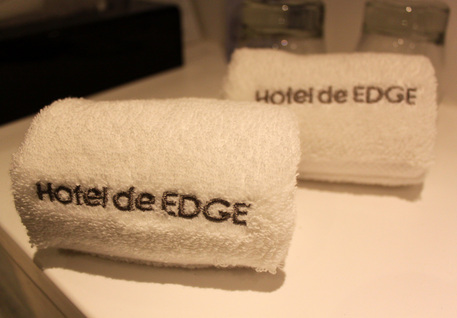

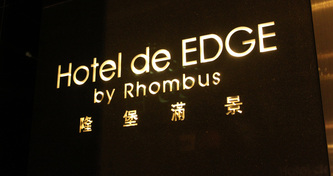
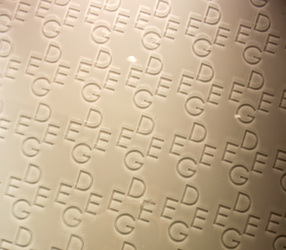

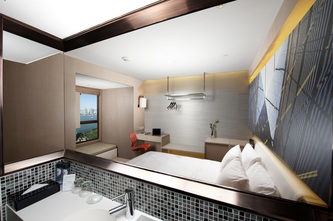
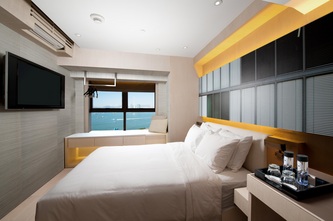



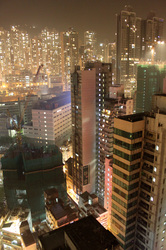
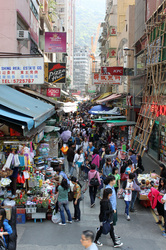
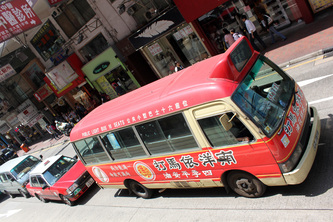
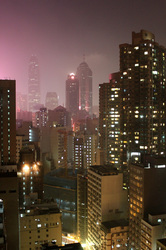


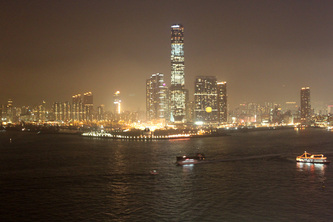
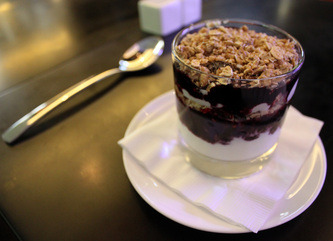
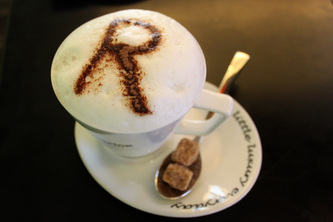
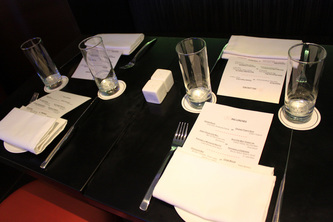
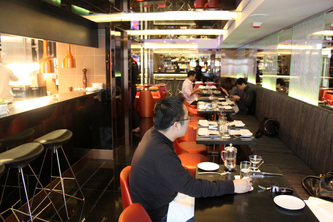
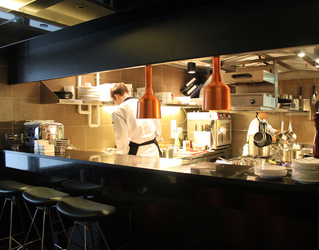
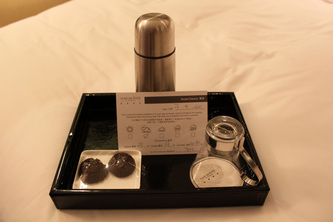
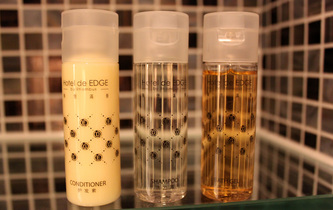
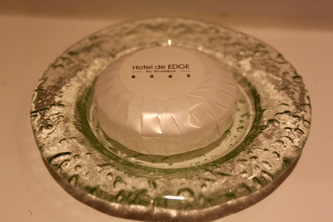
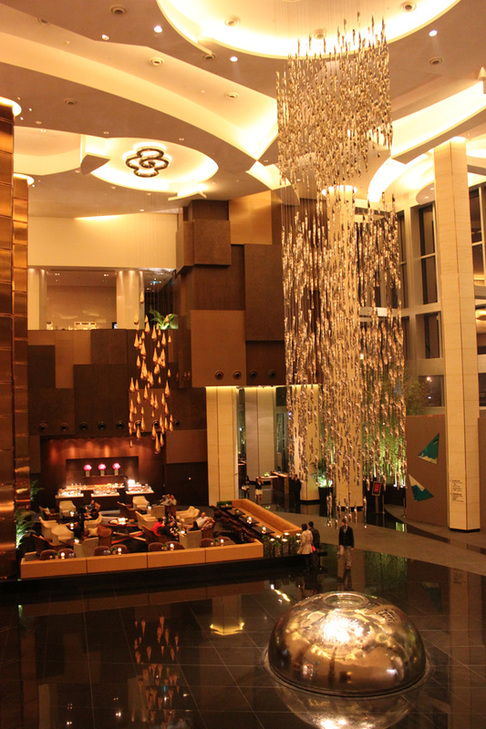

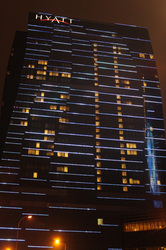
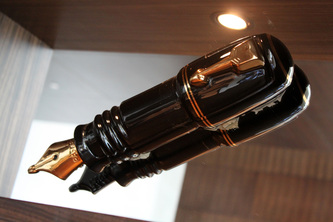
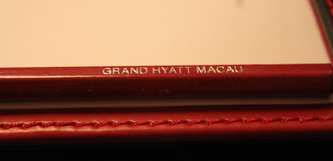

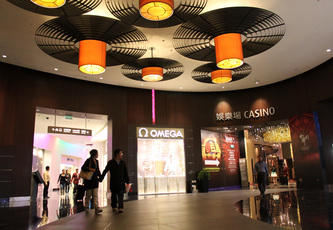
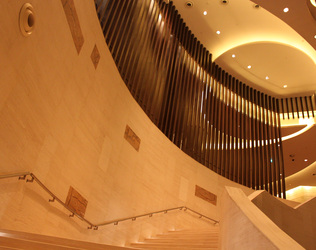
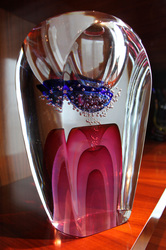
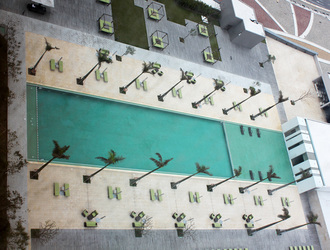

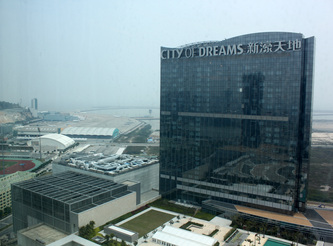
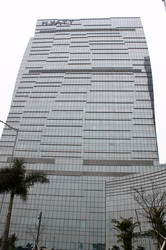
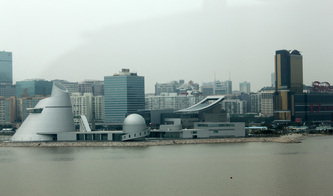
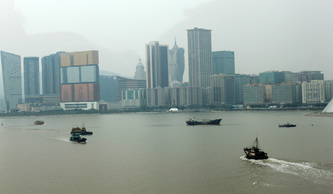
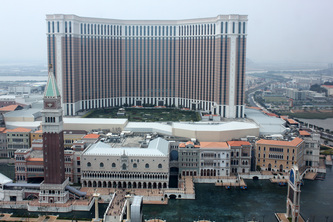
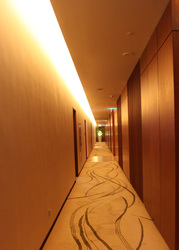
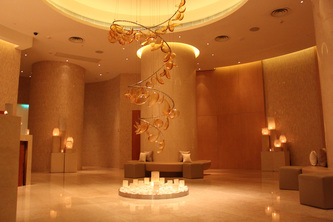

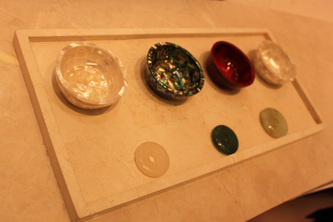
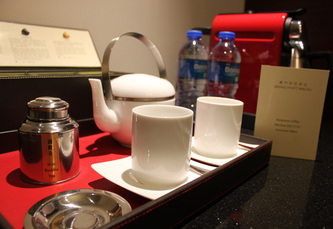
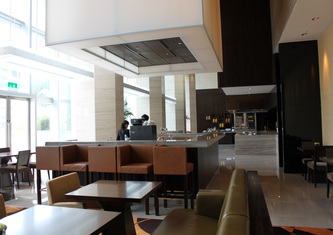


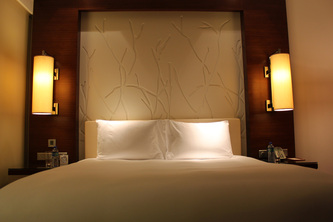
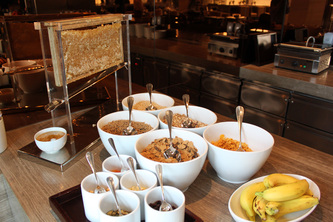
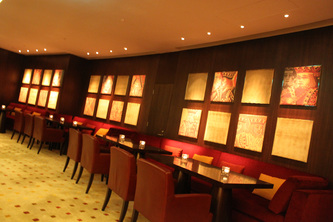
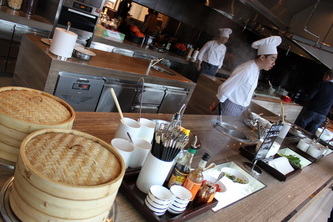
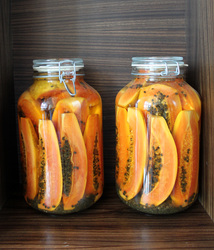
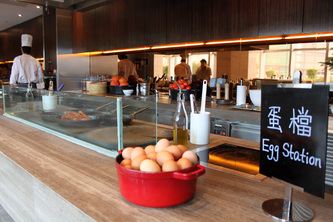

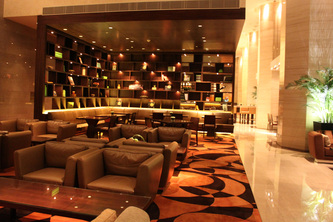
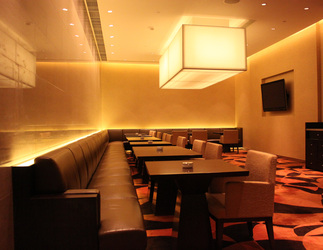
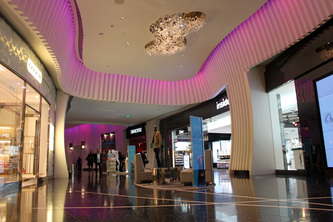
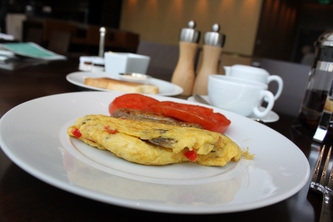
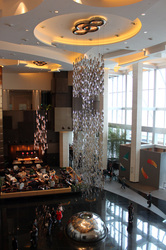
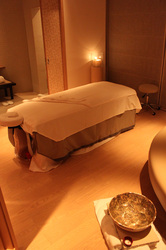
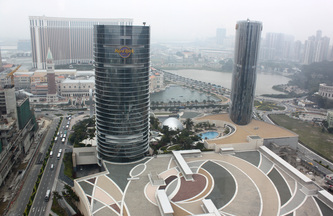
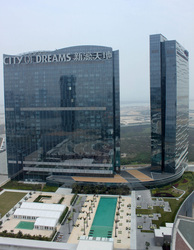


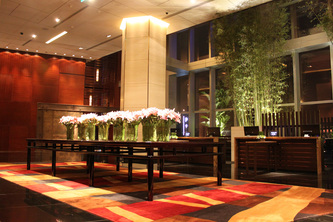
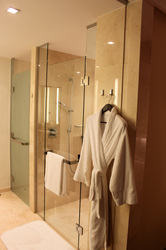
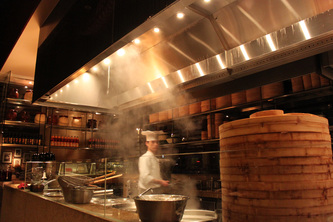
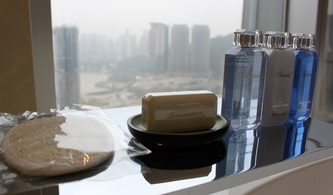
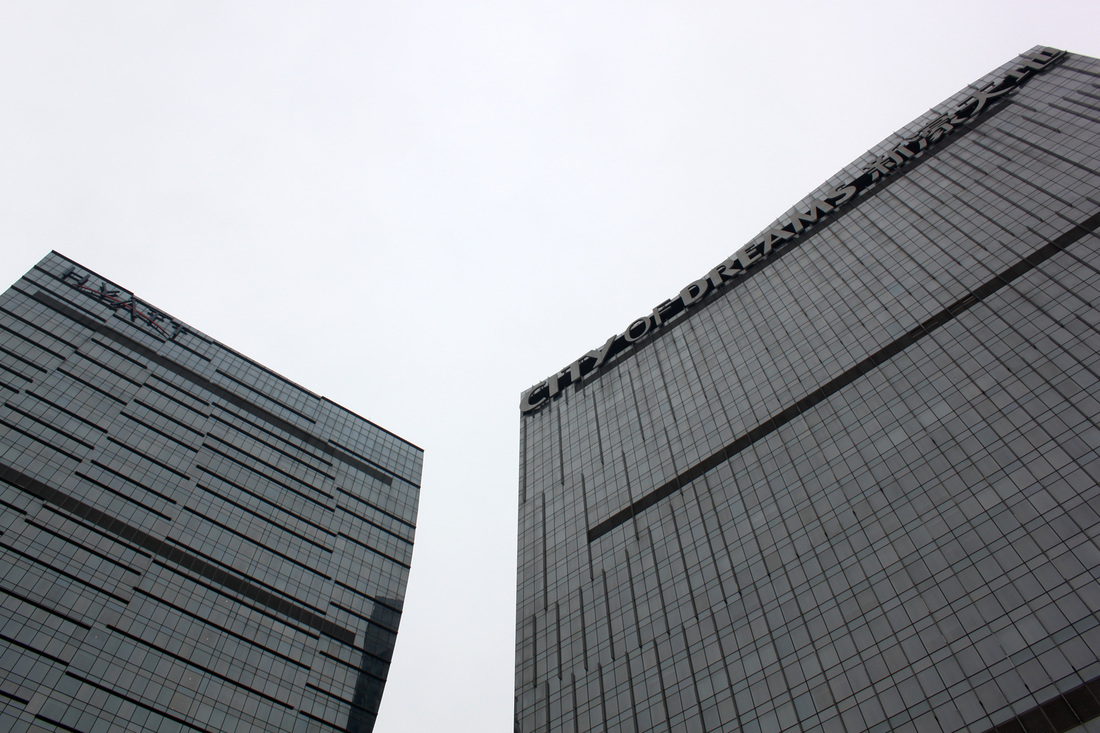
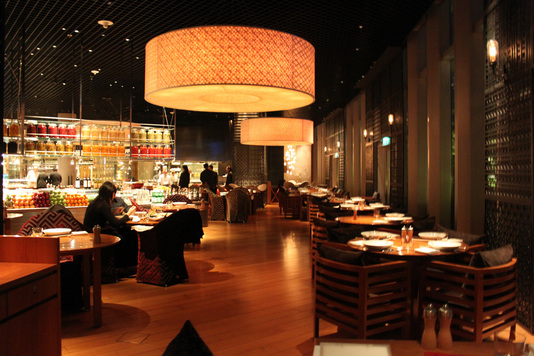
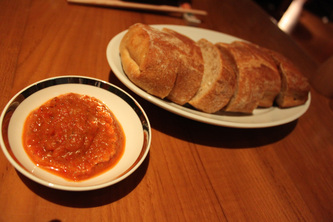
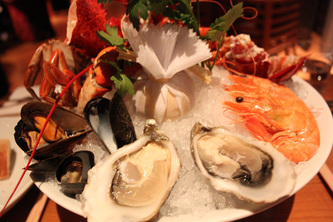
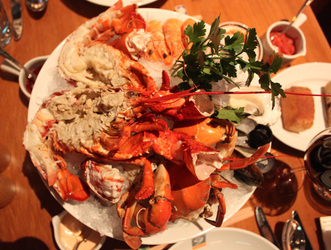
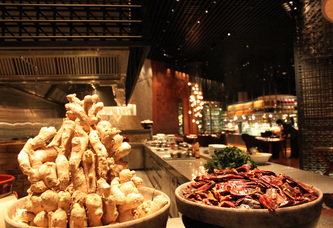
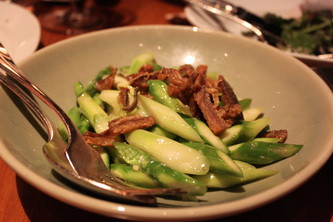
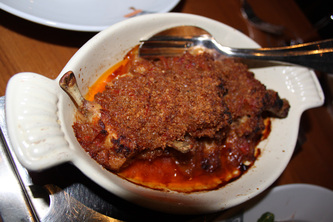


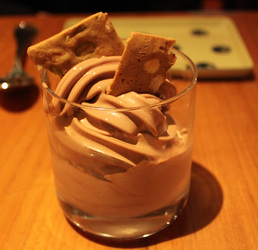
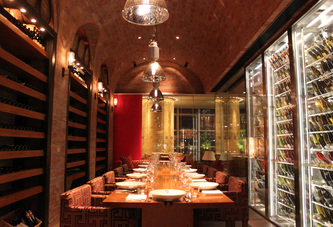
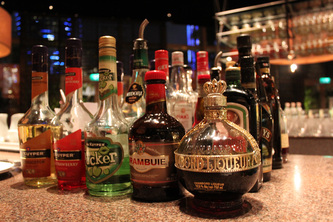
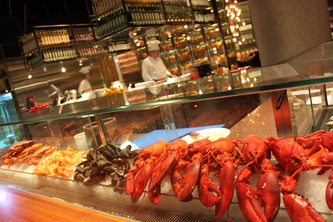
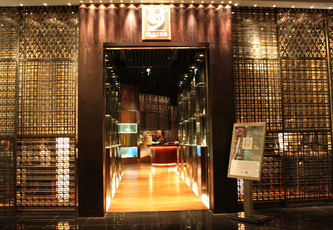
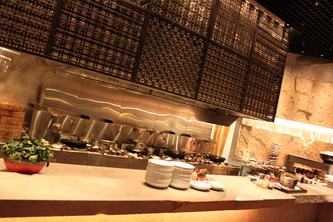
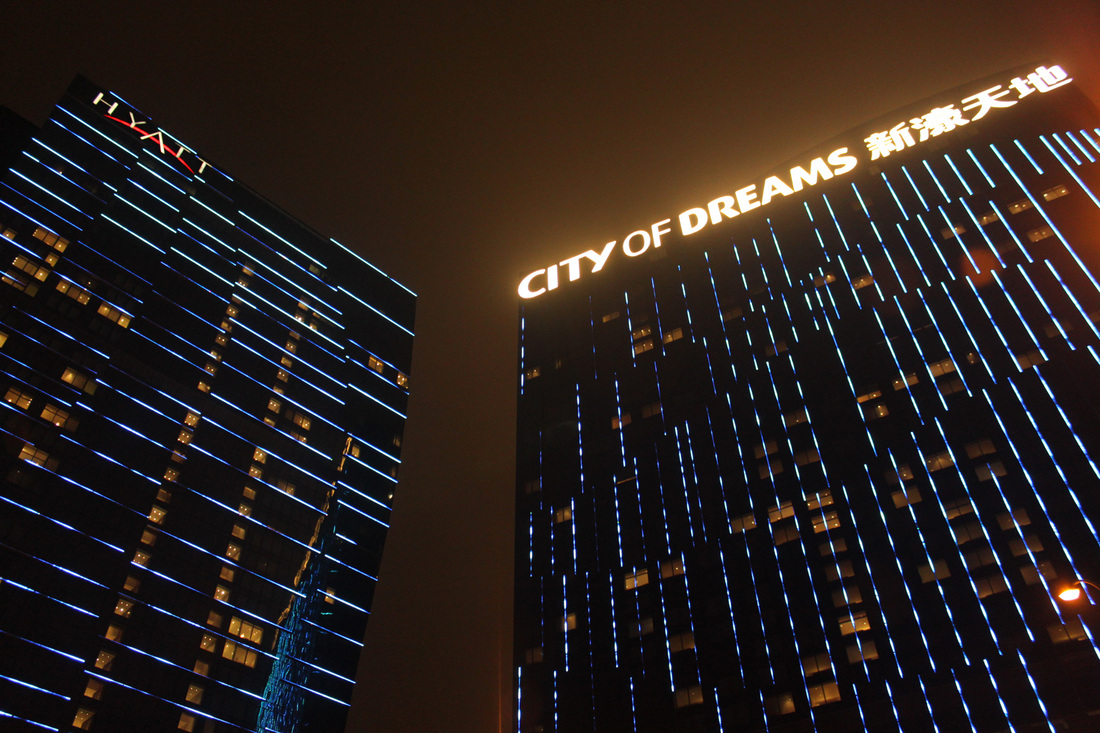
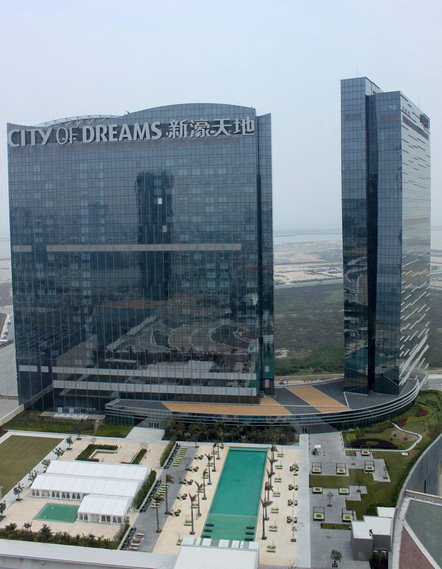
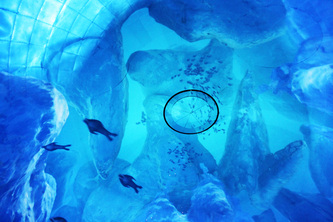
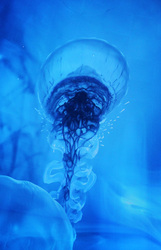
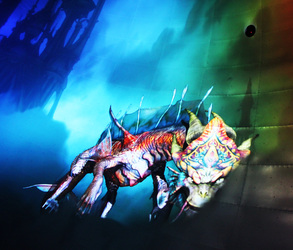
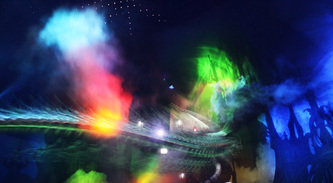


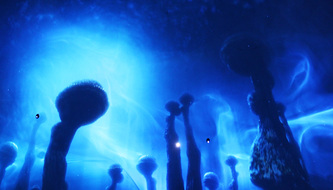
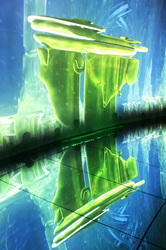
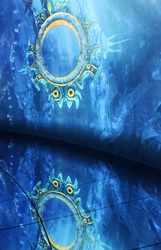
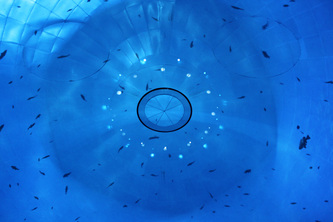
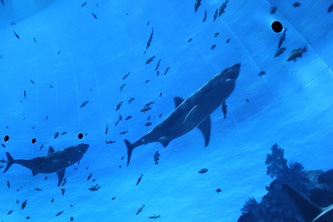
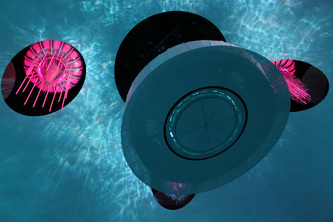
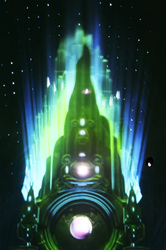
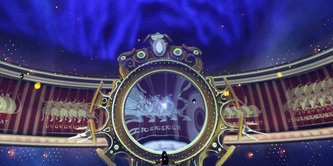
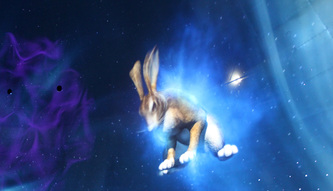
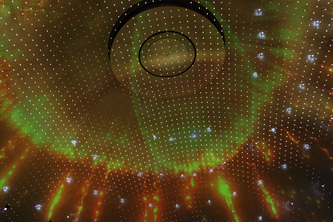
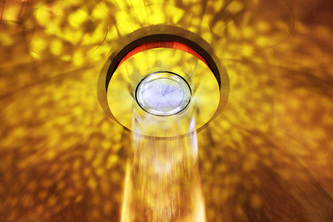
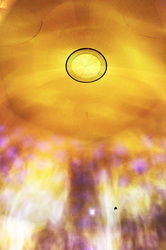
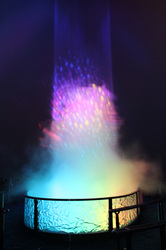
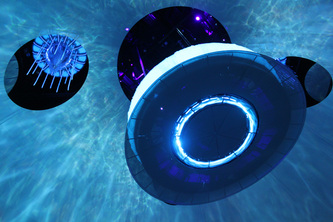
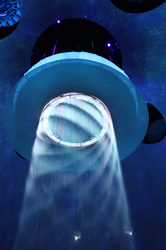

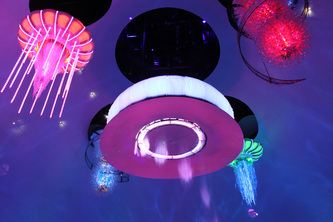
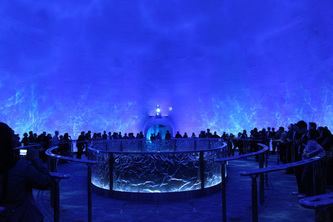
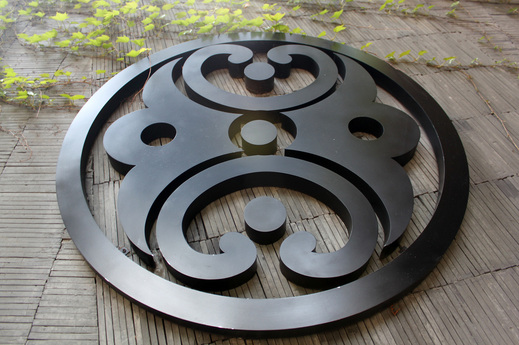
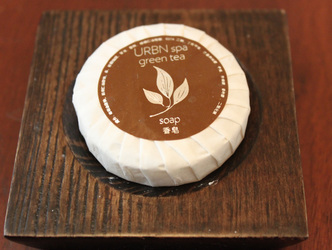

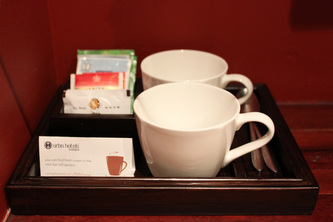
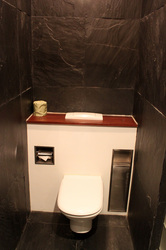
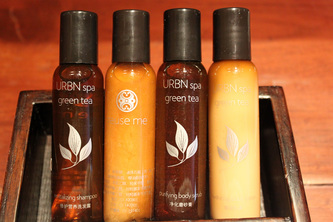
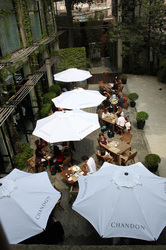
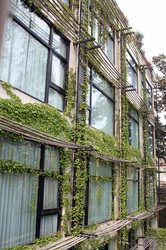
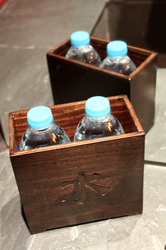
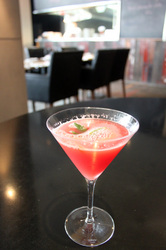
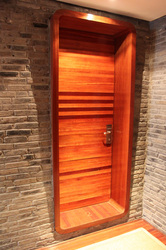
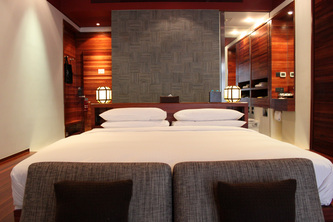
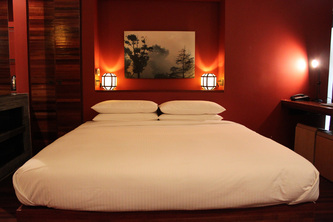
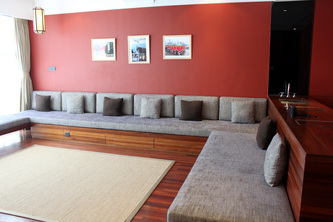
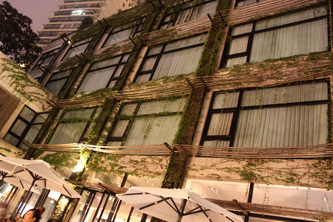
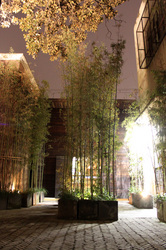
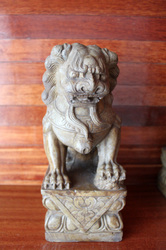
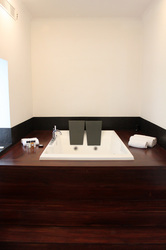
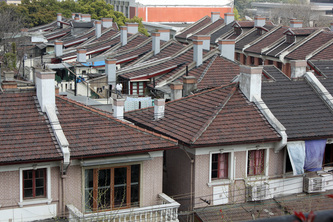
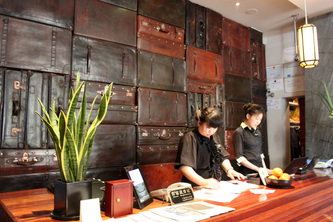
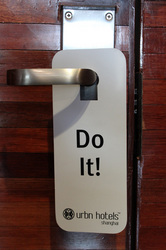
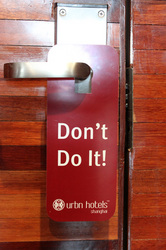
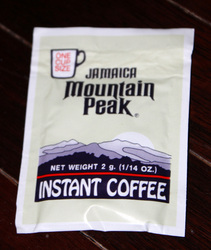
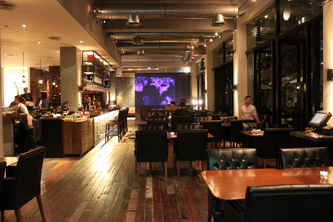
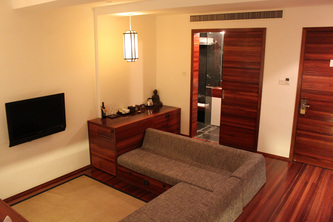
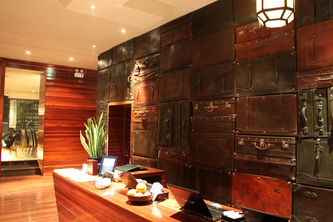
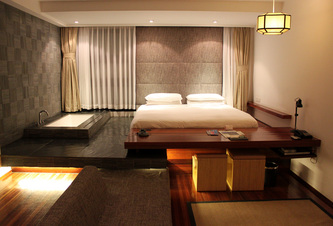
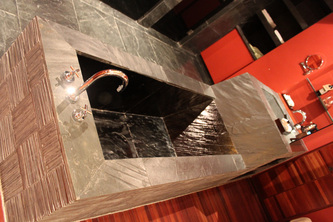
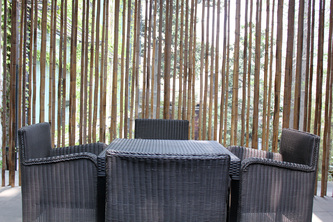
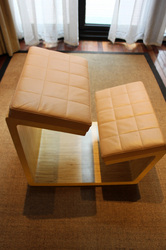
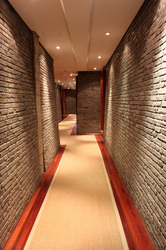
 RSS Feed
RSS Feed

